The Ed's Up - On the Grounding Force of Spring Migration
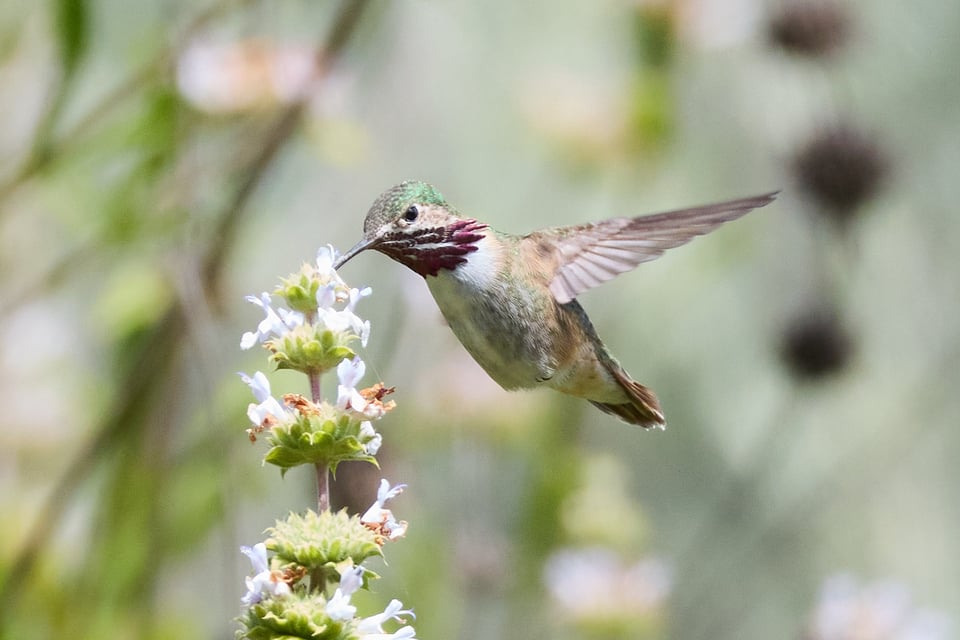
Happy spring migration to all who celebrate! This is my favorite part of the birding calendar. Birds that I haven’t seen for many months have been traveling back from Central and South America. The influx came to a gentle simmer in late March and slowly intensified for weeks, before coming to a late-April boil that it still furiously bubbling away.
During this period, the local birdscape completely changes. The arrivals include bright warblers, orioles, grosbeaks, and tanagers, which paint the canopies with splashes of color. Both the incoming migrants and the year-round residents start to sing in search of mates, and the air courses with jubilant tunes that have been absent since last summer. Birding, for me, is as much an auditory experience as it is a visual one, but that’s especially true in spring. And since birds are most vocal at the start of the day, my alarm starts ringing earlier and earlier as I push my outings close to the dawn.
I’ve spent the last weeks in California and Texas, and in both states, birders have been complaining that this migration seems unusually slow, with few concrete ideas about why. I share their concern, but not their disappointment. This is my second spring migration since becoming a birder, and this year, I have found it especially grounding.
The birds tend to arrive in a predictable rhythm. I expected Wilson’s warblers—yellow with black caps—to show up at the end of March, and they did. I figured that if I went out today, the blue grosbeaks—rich cobalt with rusty wingbars—would be back, and they were. I knew that calliope hummingbirds—tiny with streaky magenta throats—pass through specifically in the third week of April, and that if I went to places with flowering black sage, I’d find some. I did, and I did. I knew that the local canyon wrens—rusty red, white throat, long bill—would start singing, and if I went to the park where they’re sometimes seen, find the largest rockface, and whistle an imitation of their song, which sounds like a wren that’s running out of batteries, I might tempt one to pop out. I did, and it did.
We are suffering the rule of people so piteous that they can only exist in the world by concocting their own false version of it, and then imprinting that lie onto everyone else. America’s educational infrastructure and scientific enterprise are being sledgehammered to death. Government sites are now prime sources of disinformation. Doublespeak abounds. The attacks, and the feelings of overwhelm they engender, are relentless by design. Against that backdrop, I have found birding—and spring migration, in particular—to be a salve. At a time of chaos, it offers consistency. Amid a sea of lies, it offers reality.
Last week, I stood in a woodland just off the Texas coast, watching songbirds stream in after a long flight over the Gulf of Mexico—a reminder of the connectedness of the world and the utterly arbitrary nature of borders. And despite the slow season, I’ve largely found the birds I wanted to find in the places, times, and habitats in which I expected to find them—a reminder that the world is knowable, understandable, at least partly predictable, and all the more beautiful and wondrous for all of those things. When I scan the news, nothing makes sense. When I step outside and raise my binoculars to the sky, everything does.
Bird Photography
It’s been two months since my last newsletter, and I apologize for the hiatus. Here’s a larger-than-average selection of photos to make up for the gap.
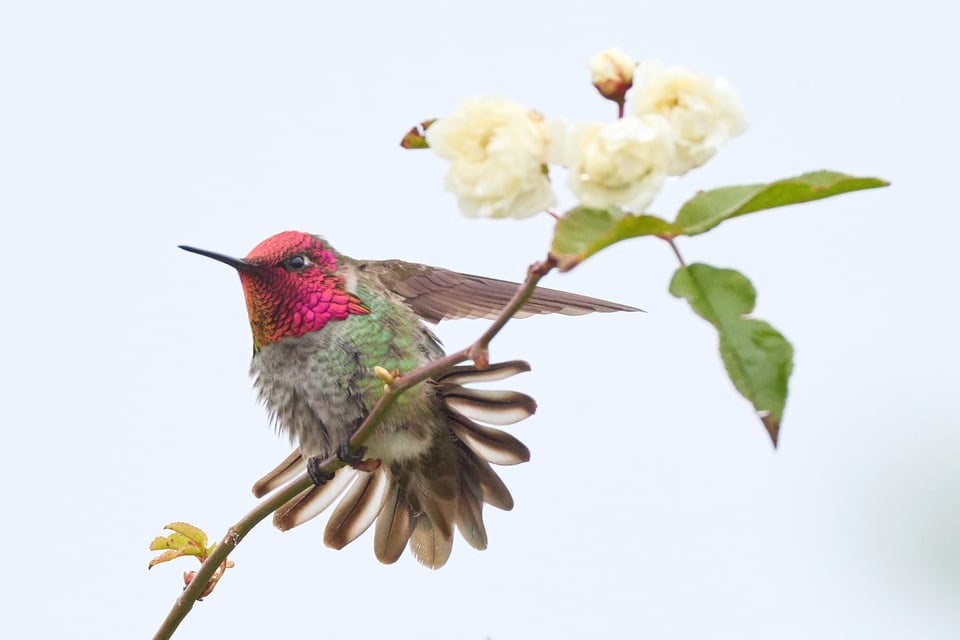
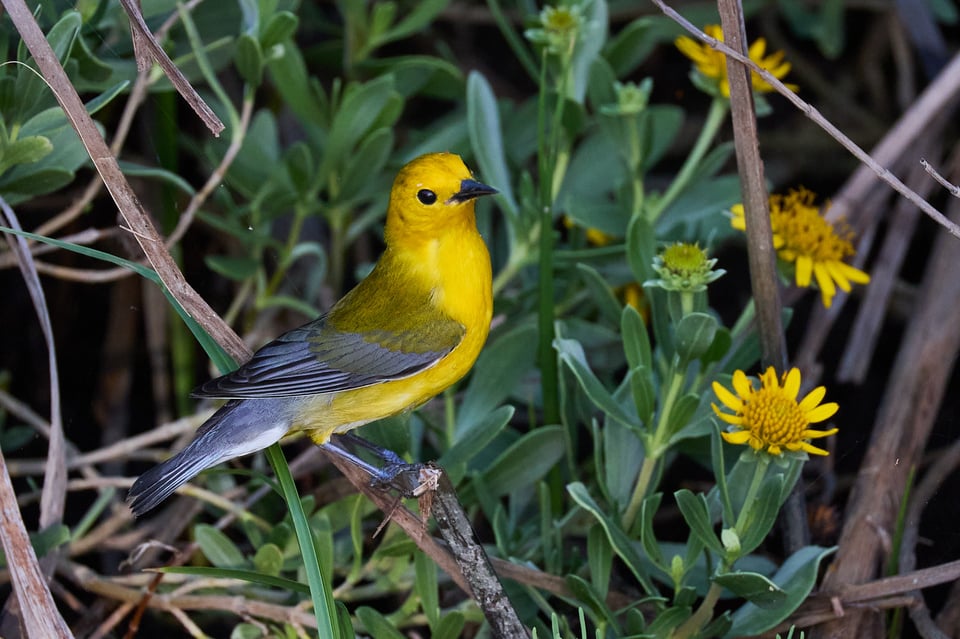
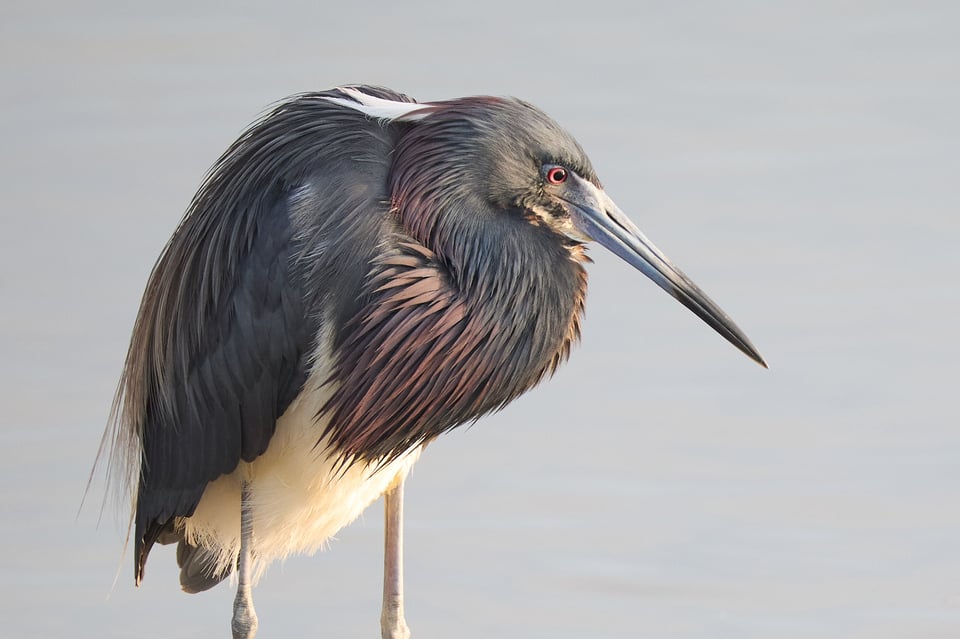
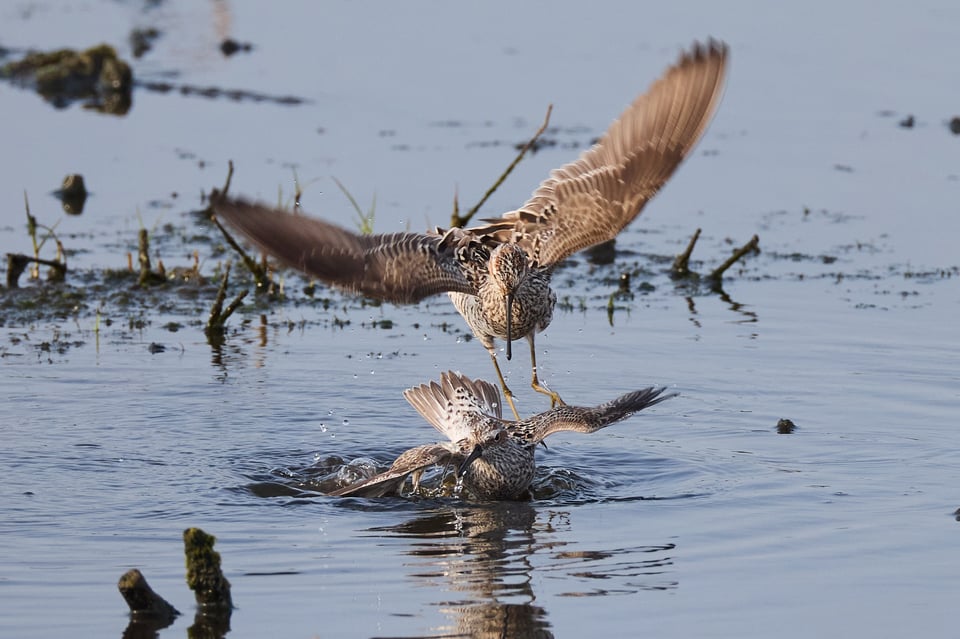
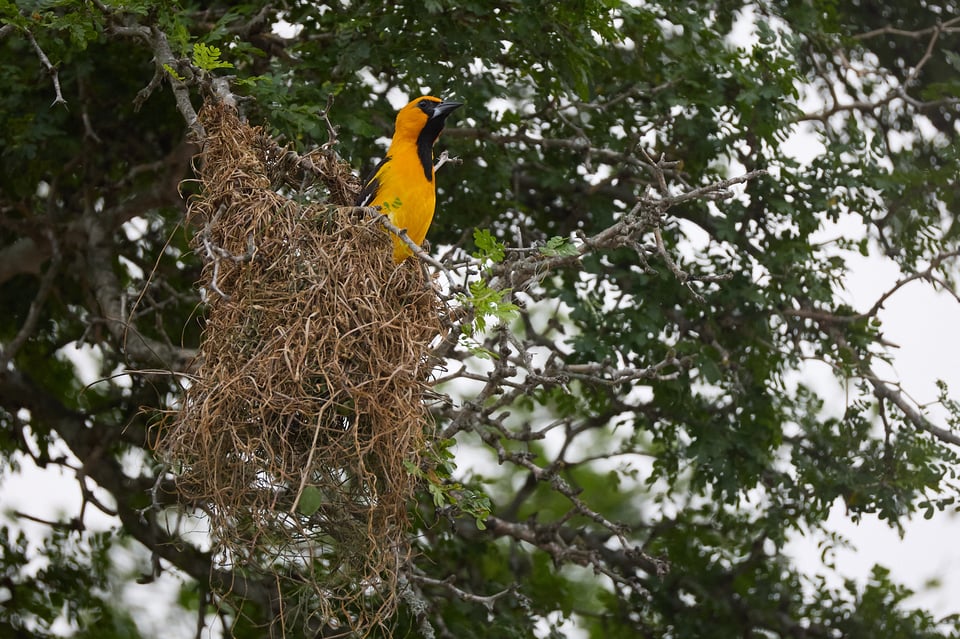
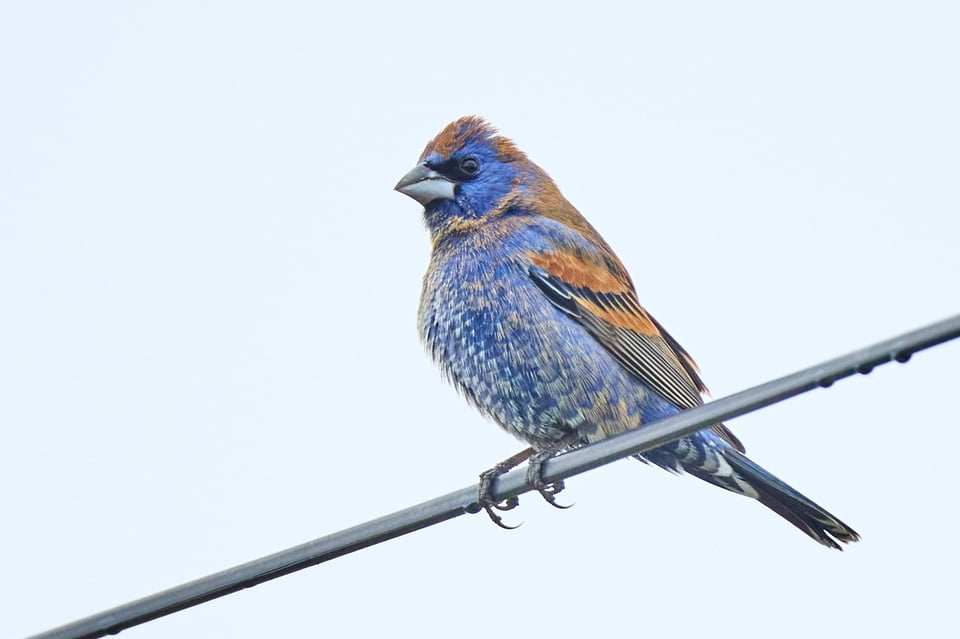
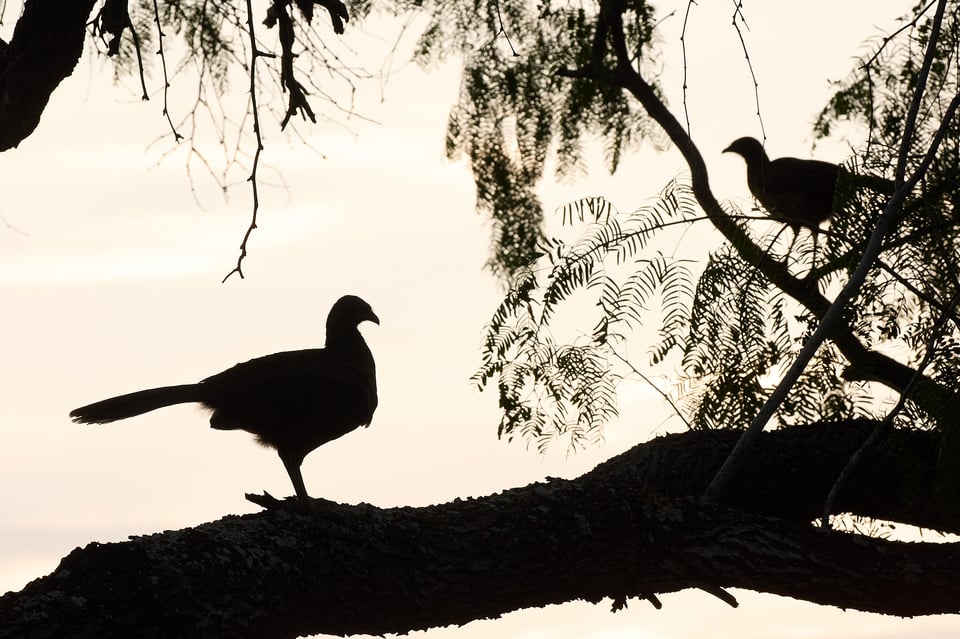
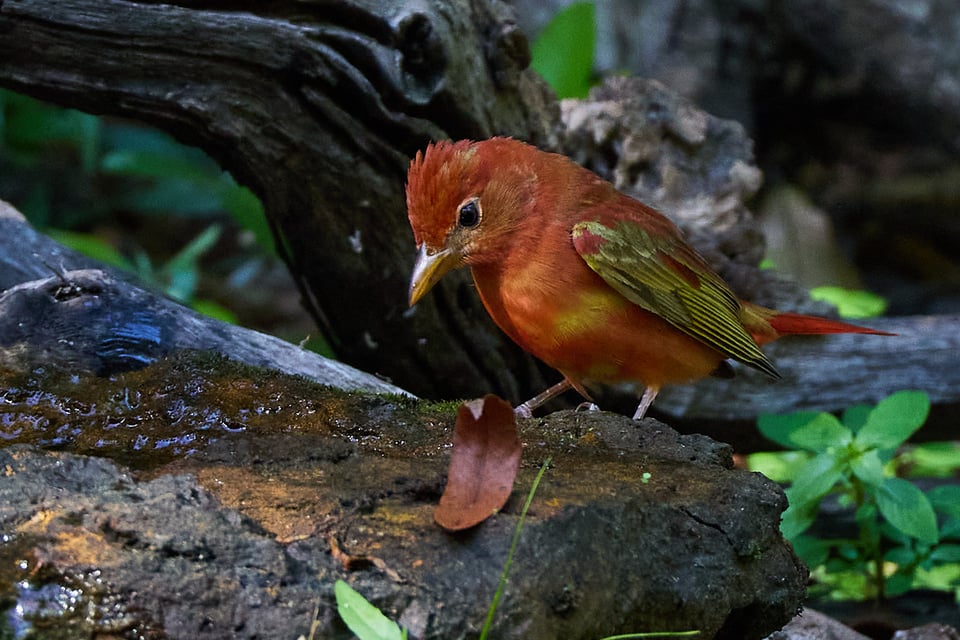
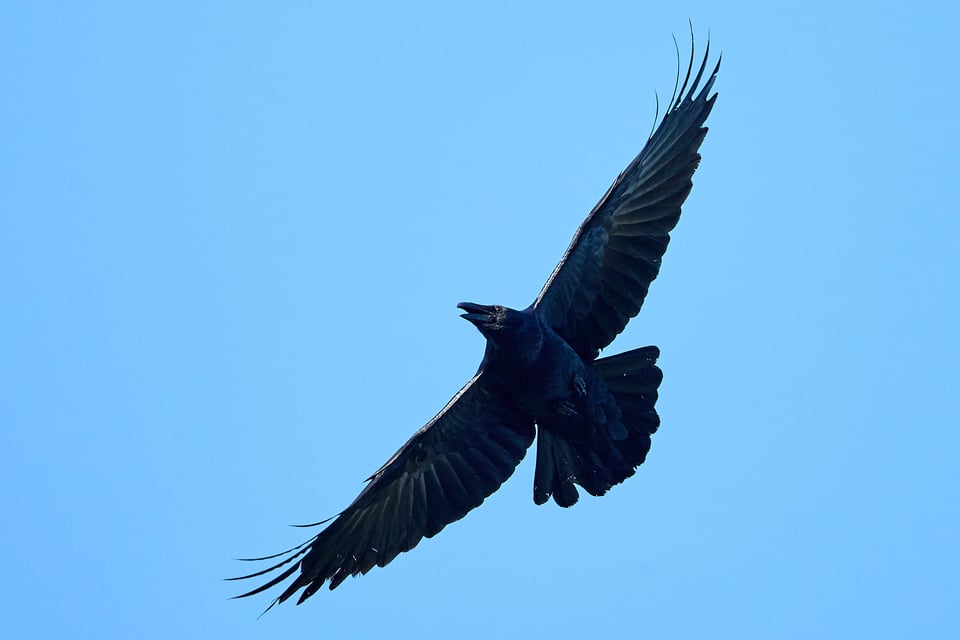

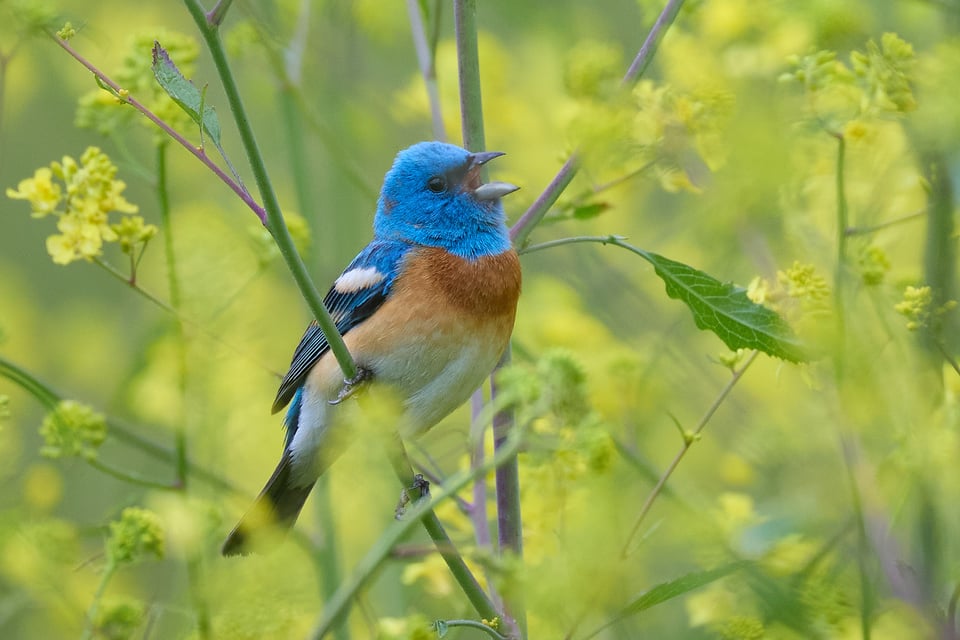
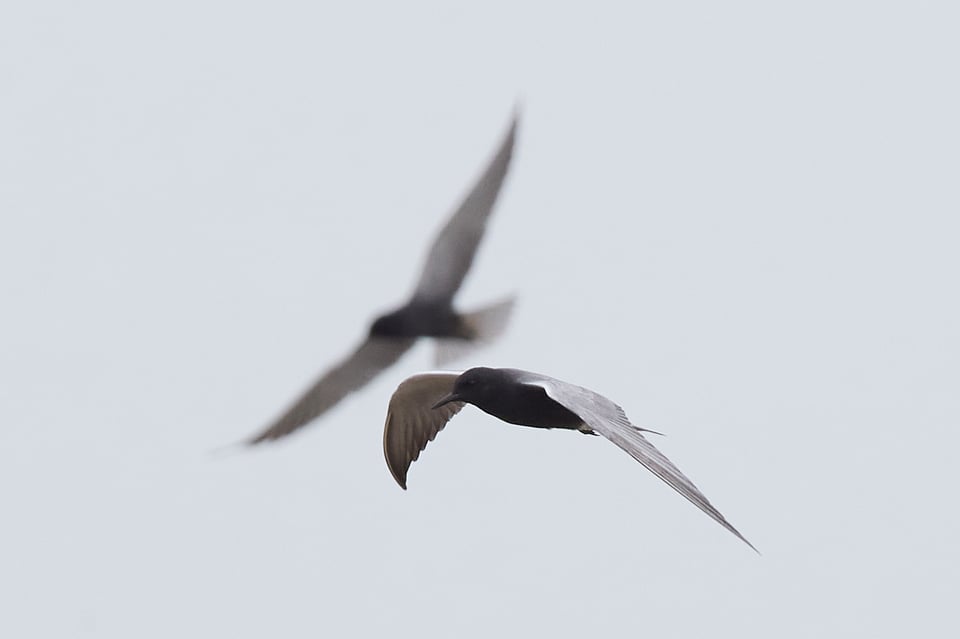
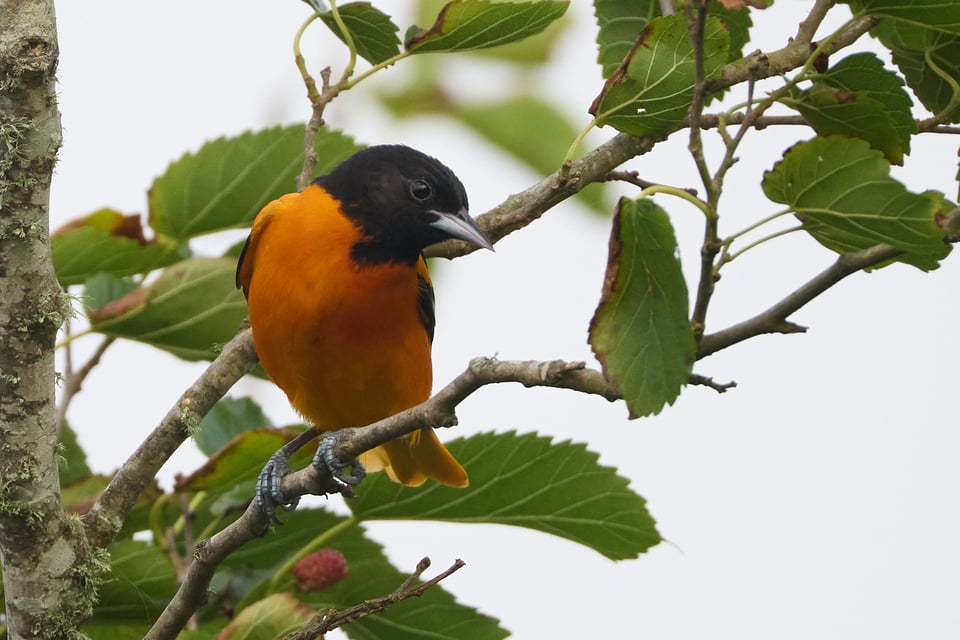
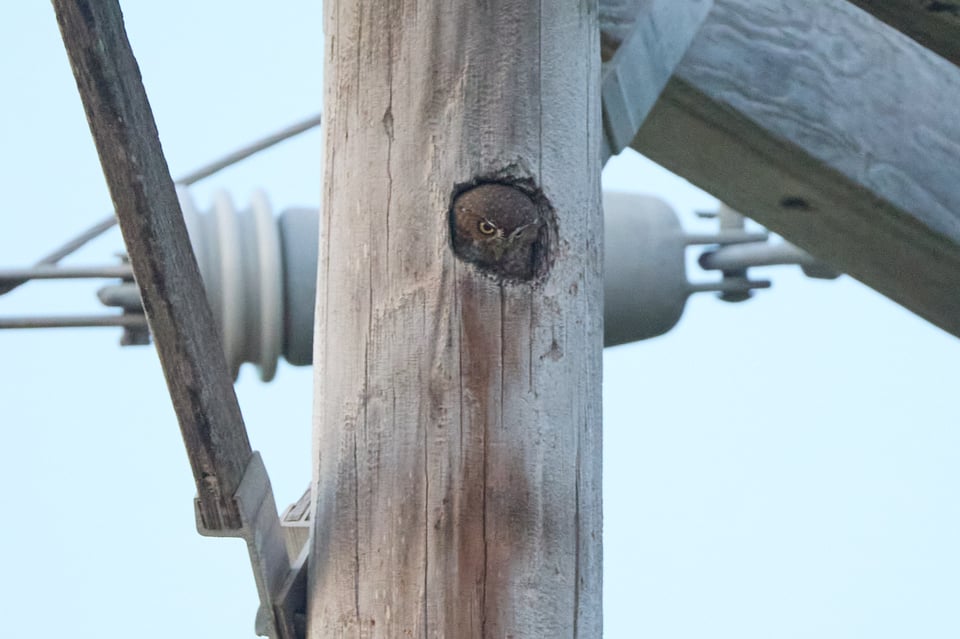
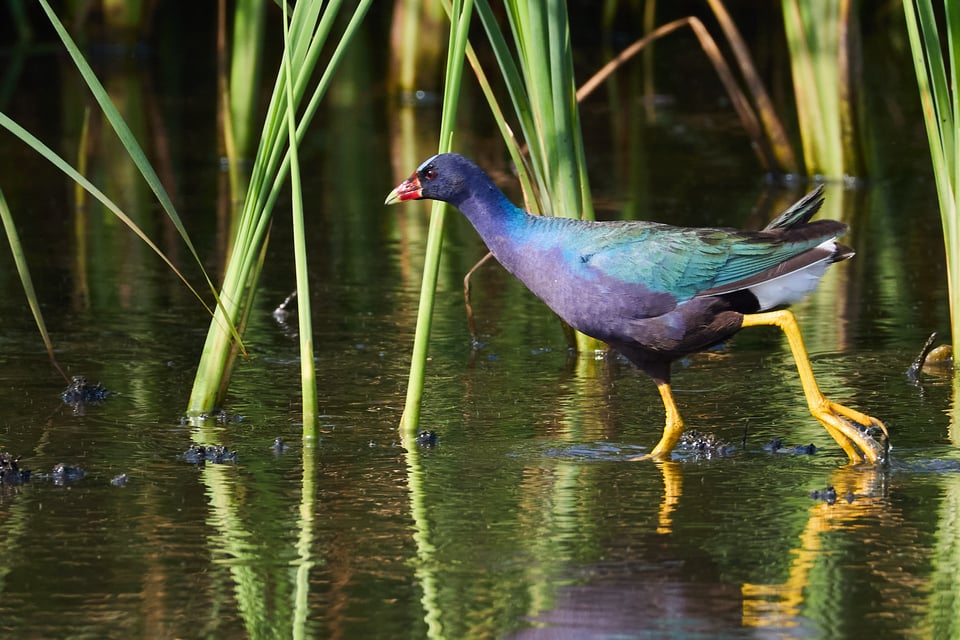
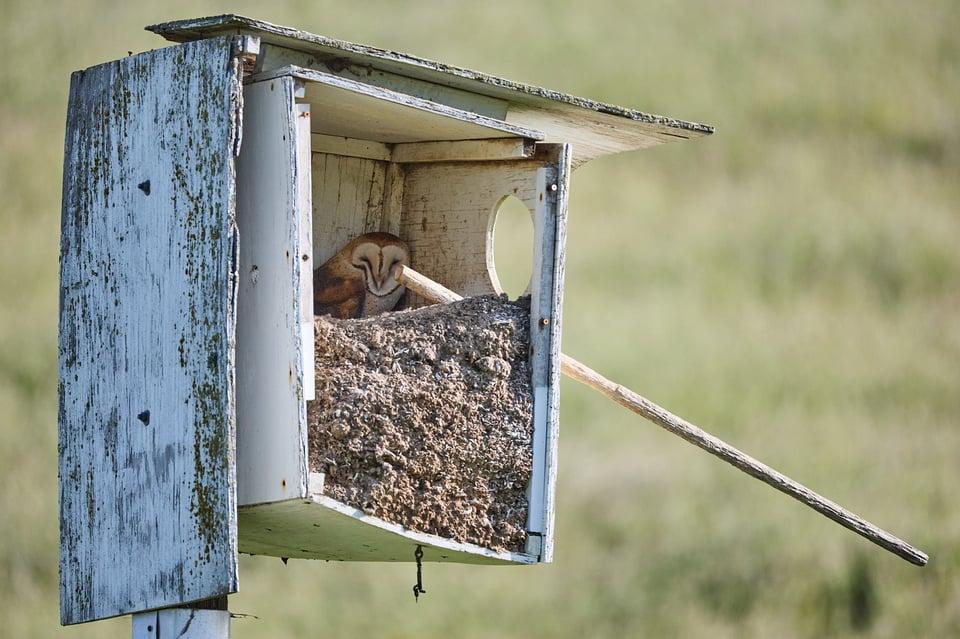
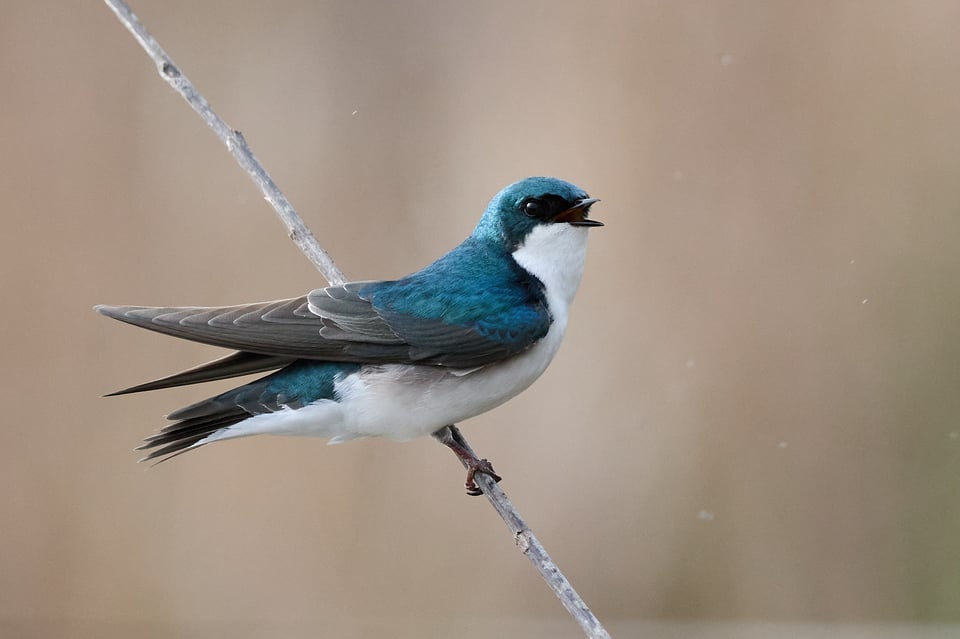
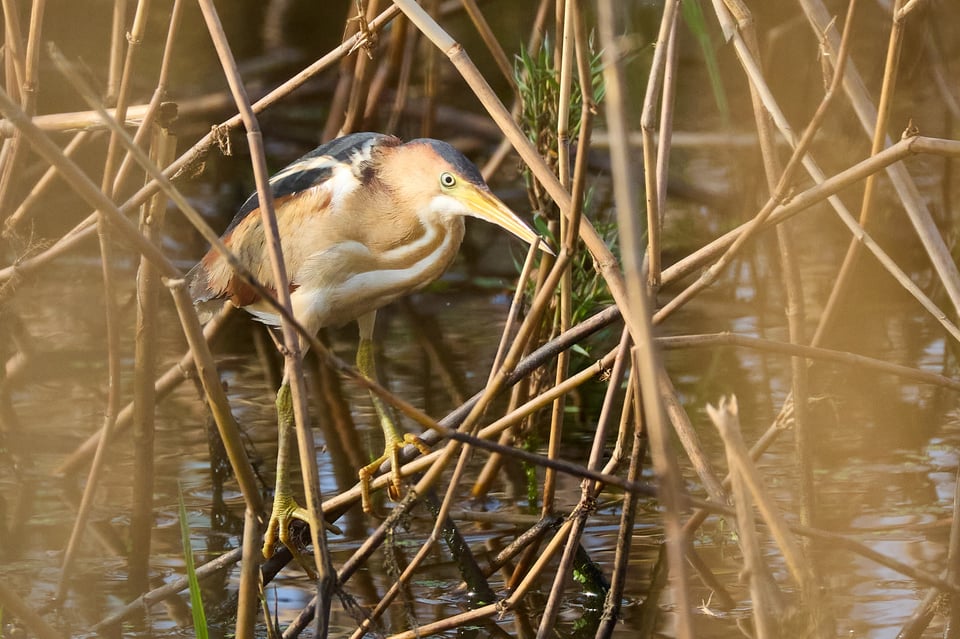
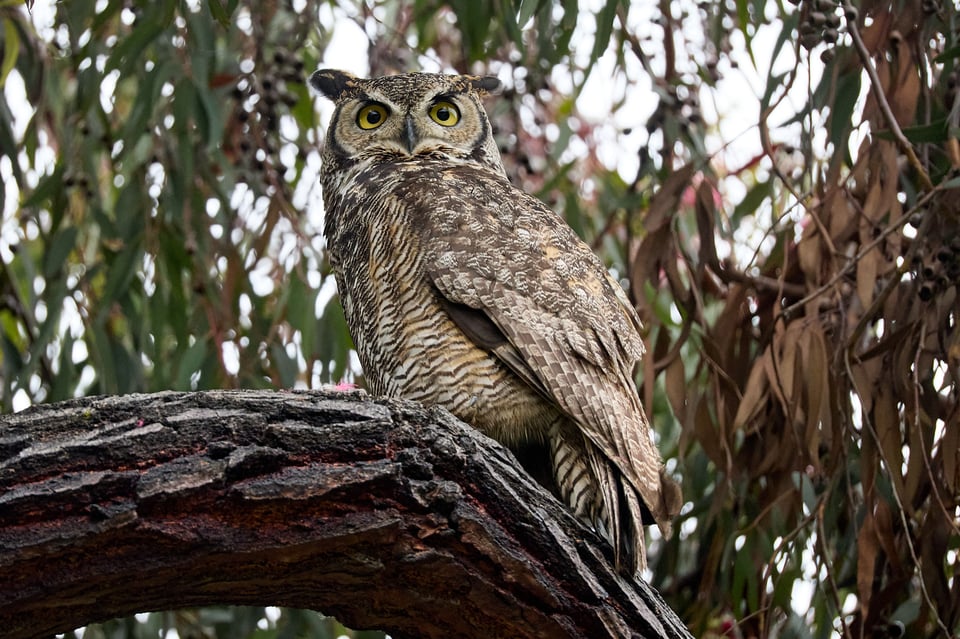
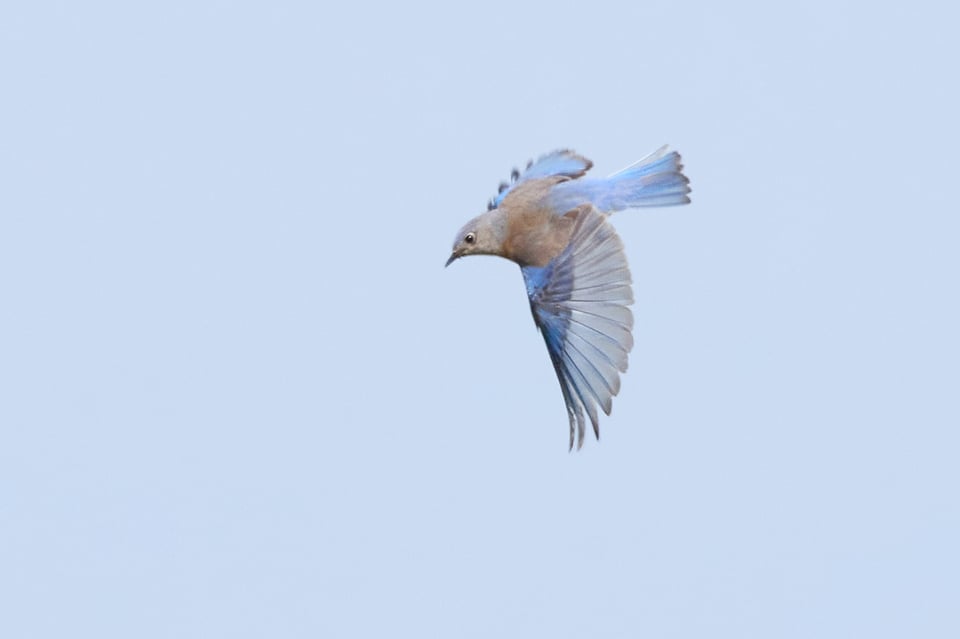
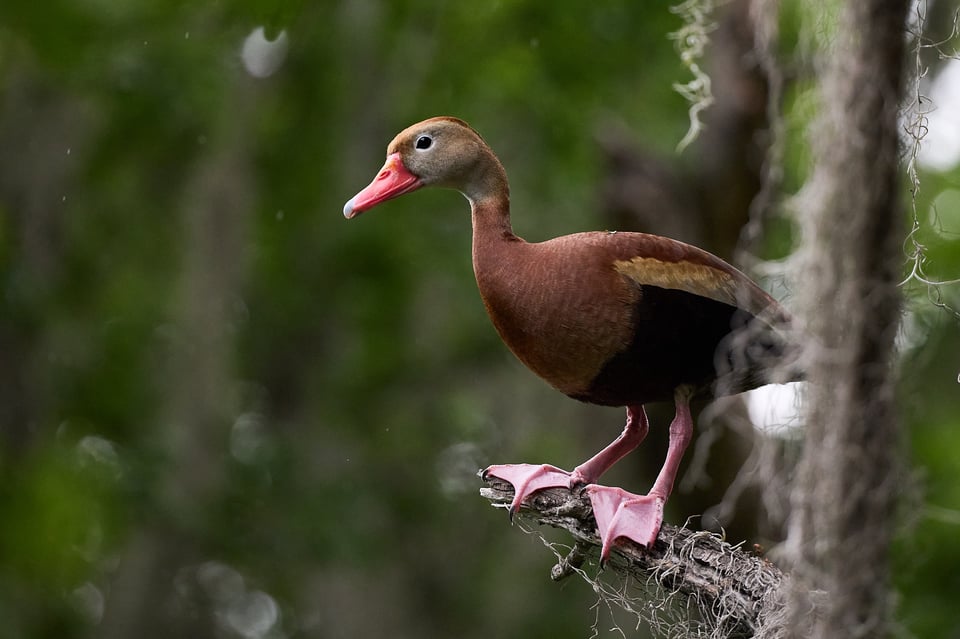
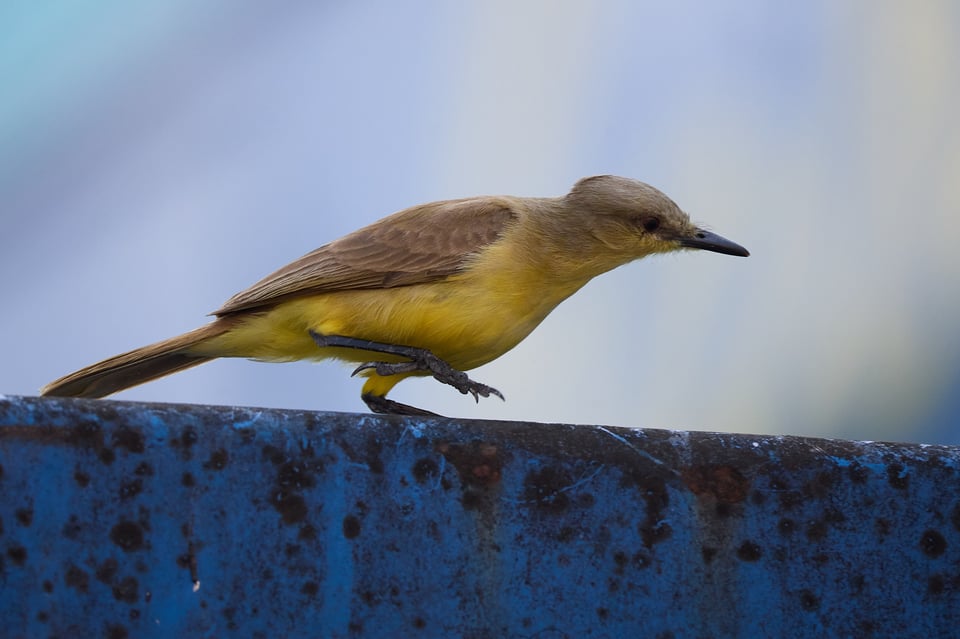
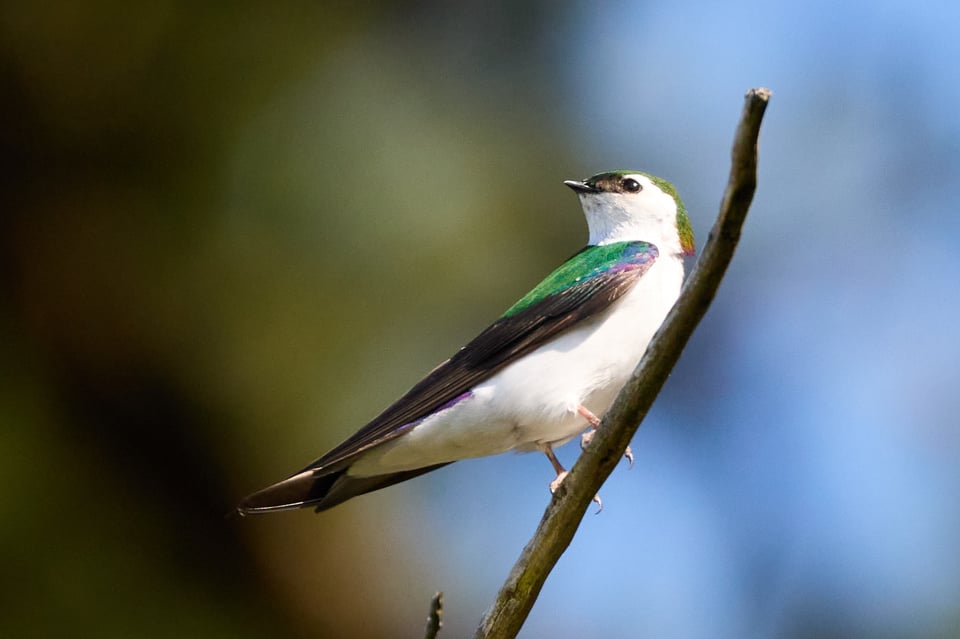
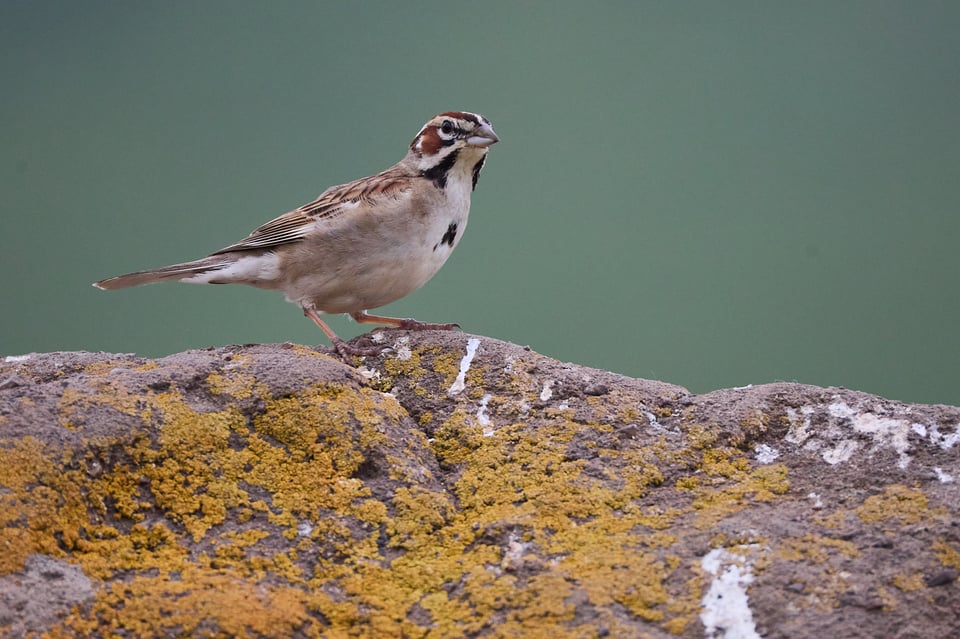
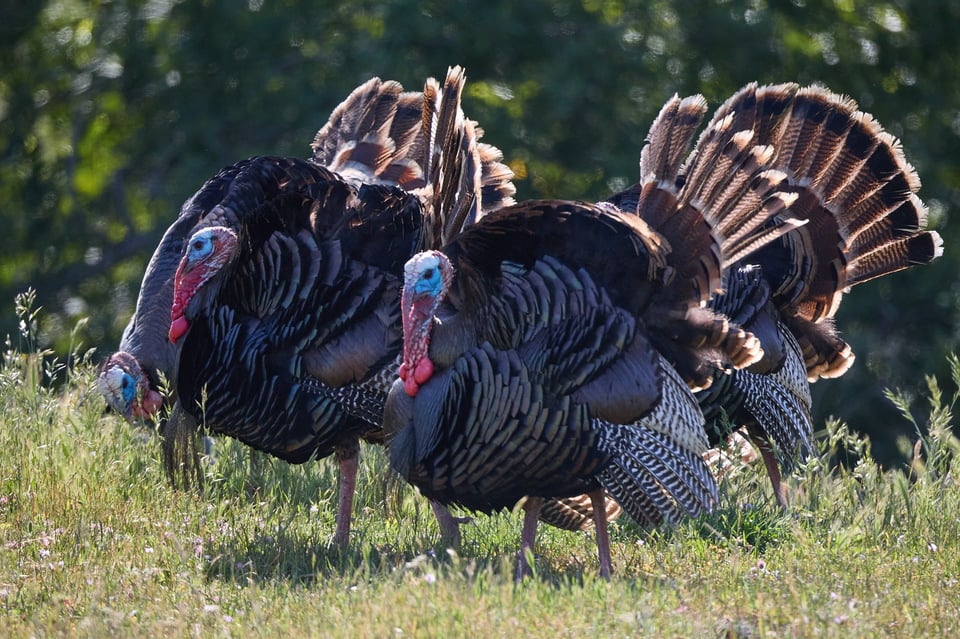
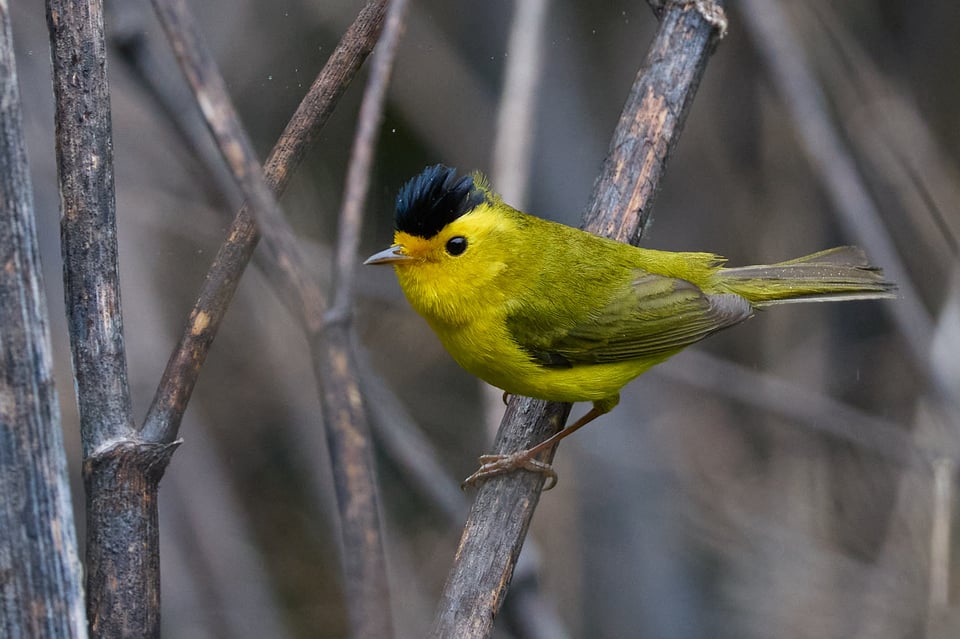
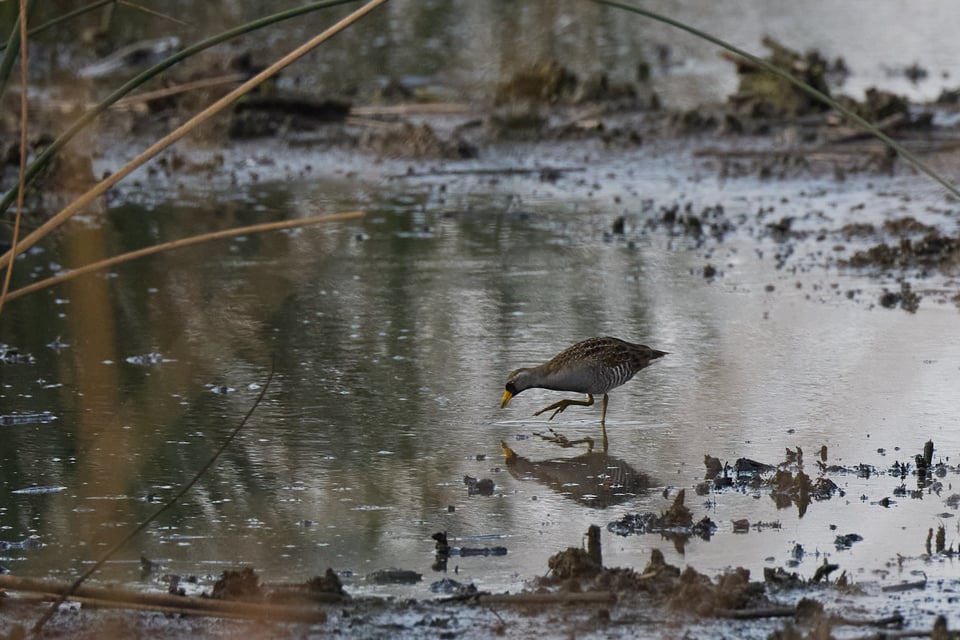
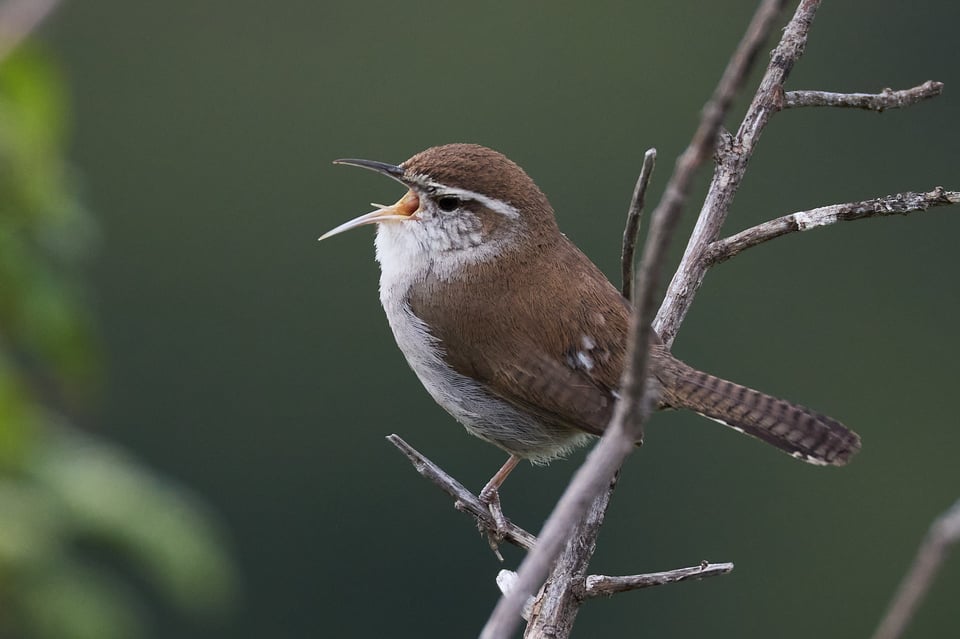
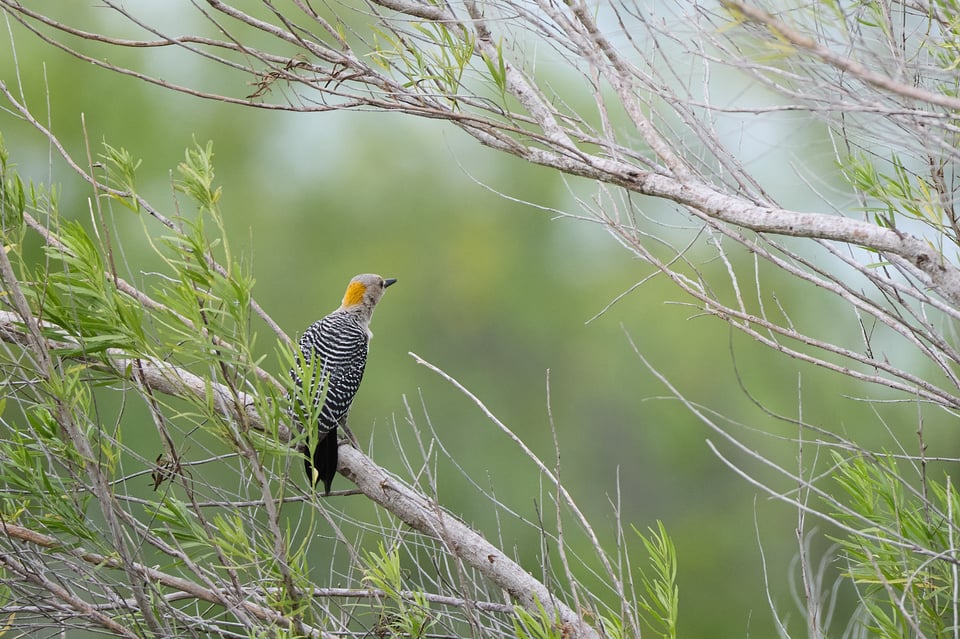
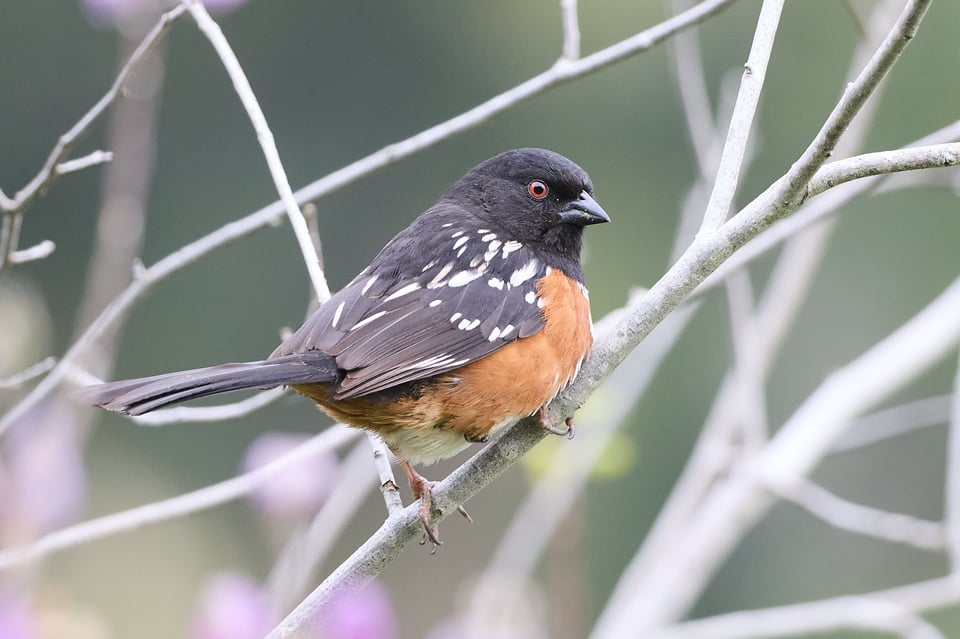
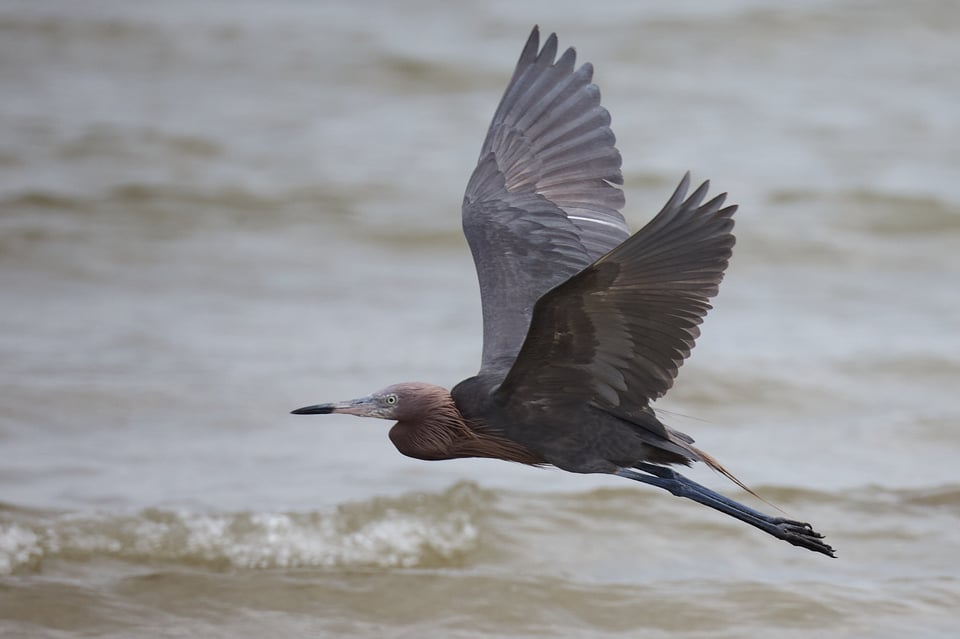
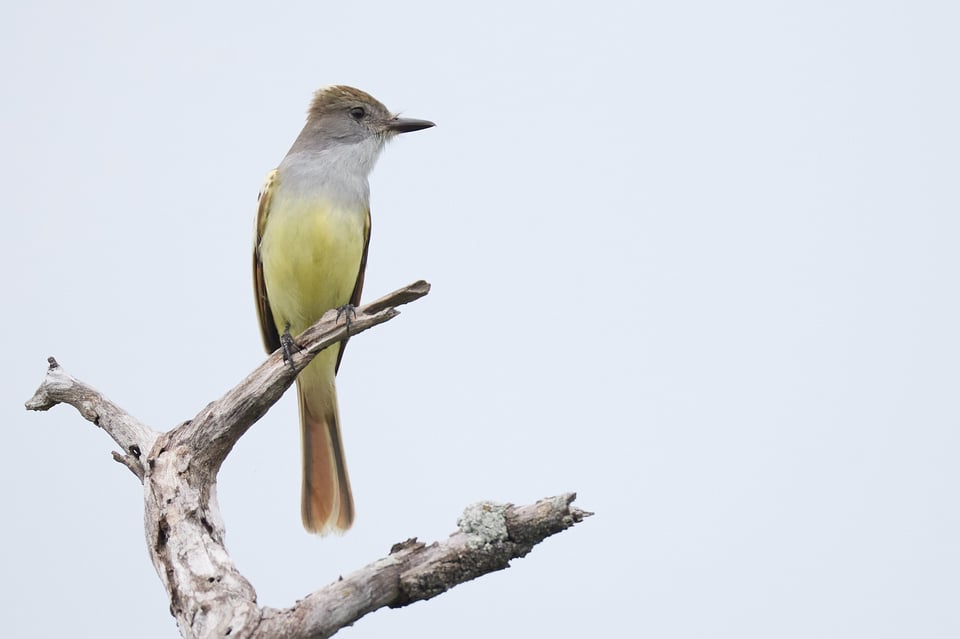
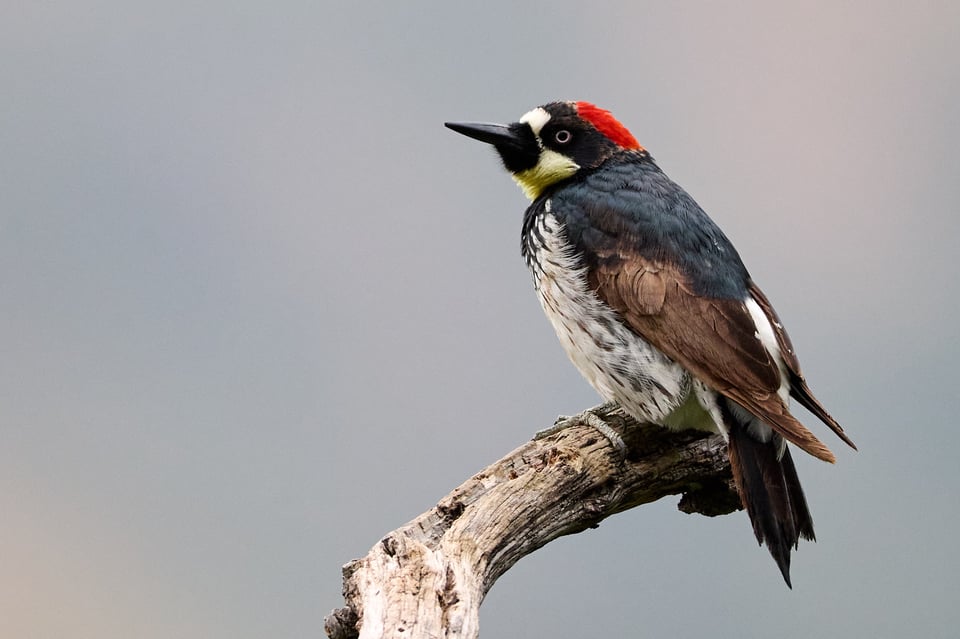
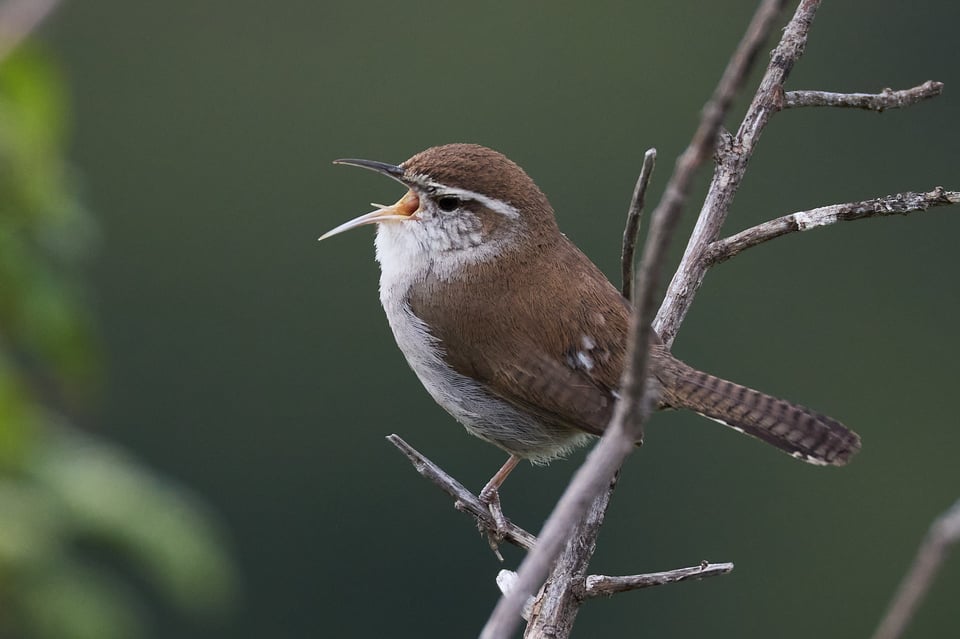
Announcements
The Infinite Extent, my third book about life at different scales, is now halfway complete! I had 12 months in which to finish it, and the sixth of those ended on Wednesday. By coincidence, the book also consists of 12 chapters, and I finished the sixth of those… on Wednesday. I really like the material that I’ve completed so far. The last two chapters have been some of the most challenging to find throughlines for, but they’ve ended up as two of my favorites. I’m loving the process of creating this book and I hope that’ll come across on the page.
An Immense World: The Young Readers Edition is almost out! It’ll be in bookstores throughout the U.S. on May 13 but you can pre-order a copy right now. I’m so proud of this book and I hope that it brings the incredible world of animal senses to an even wider audience. (I just couldn’t carve out the time to read the audiobook, but I’m delighted to say that it was read, instead, by my incredible friend Rose Eveleth (who, by the way, is now a Peabody finalist).)
For the 5th anniversary of COVID, I turned down several dozen invitations to write a retrospective piece or to be interviewed, as I’ve truly said everything I have to say on this topic. But I did agree to one interview, with Alexis Madrigal at KQED. Alexis was a co-founder of the COVID Tracking Project, and I consider him a comrade-in-arms—someone who went through the challenges of pandemic-reporting at the same time and to the same intensity that I did. Our conversation is here, and there’s a running theme about how much we’ve memory-holed from those early moments. For those of you feeling despondent about how little we’ve learned, there’s a little note of encouragement and hope from me at the end.
Meeting the Moment—the newsletter by my wife Liz Neeley about the administration’s attacks on science and higher-ed—continues to be indispensable. It’s so hard to know what is happening, to make sense of it all, and to work out what to do in response—and Liz’s writing helps with all three, with hefty doses of wisdom and clarity. Liz is also spearheading a new project called Unbreaking, with six incredible collaborators, about how the administration is breaking the government, and what that means for all of us. It should be launched in the next month and you’ll want to sign up for updates here.
Upcoming Talks
May 12 - Denver Post Pen and Podium Series
That’s it for this month!
Between reporting trips to New Zealand and Texas, long writing sprints for my book, and spring migration, I’ve had very little time to read, so there won’t be the usual list of links in this edition. Hopefully they’ll be back next time.
As always, this newsletter is free, but you can choose to pay a monthly subscription (at whatever level you set) if you'd like to support my work.
Stay safe.
This was issue #199 of The Ed's Up. You can subscribe, unsubscribe, or view this email online.